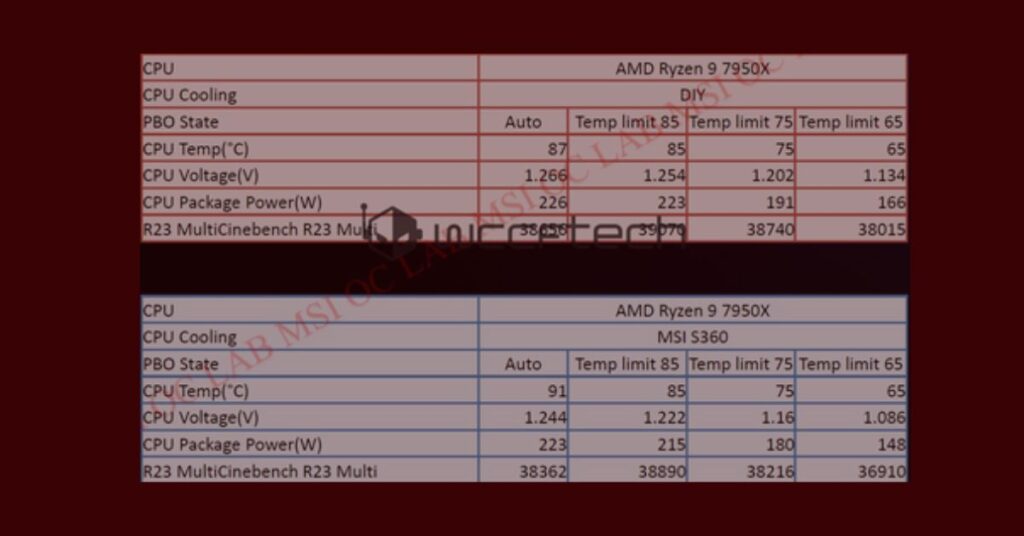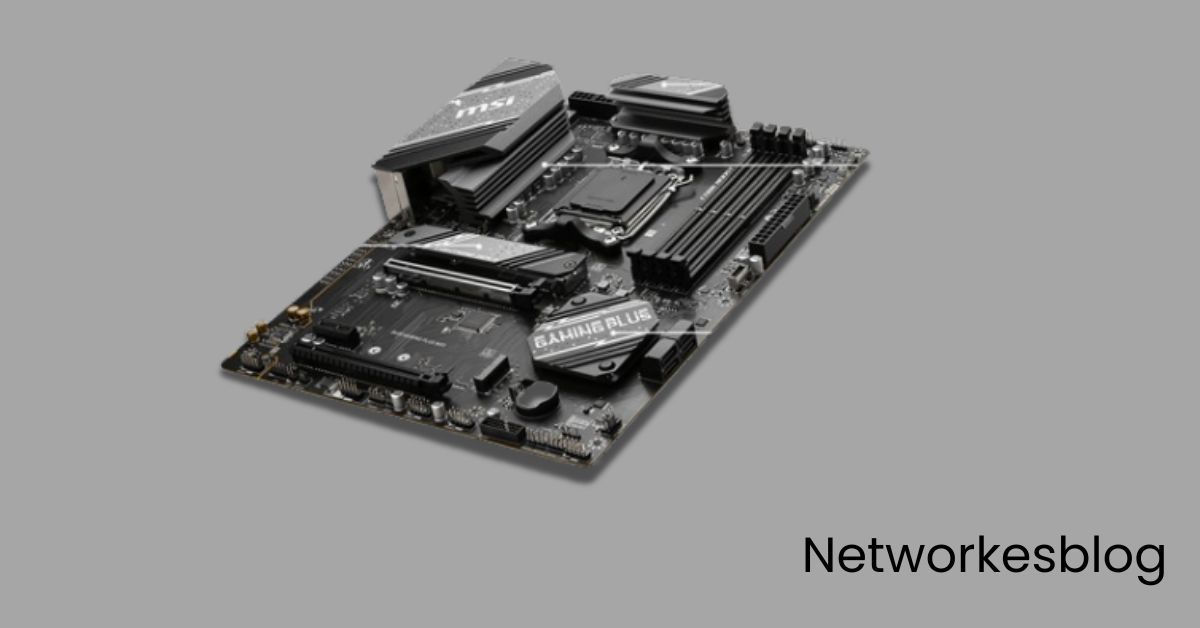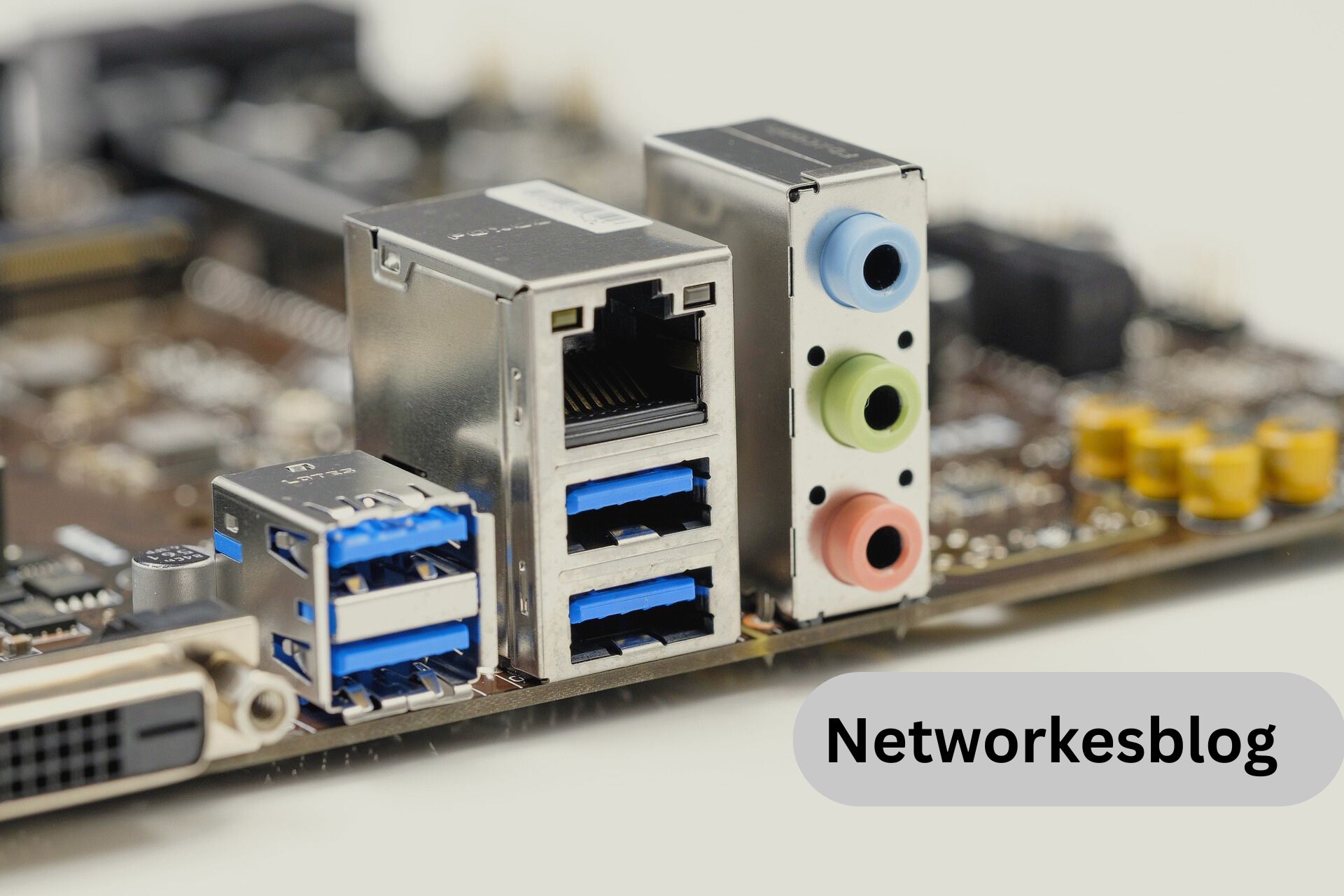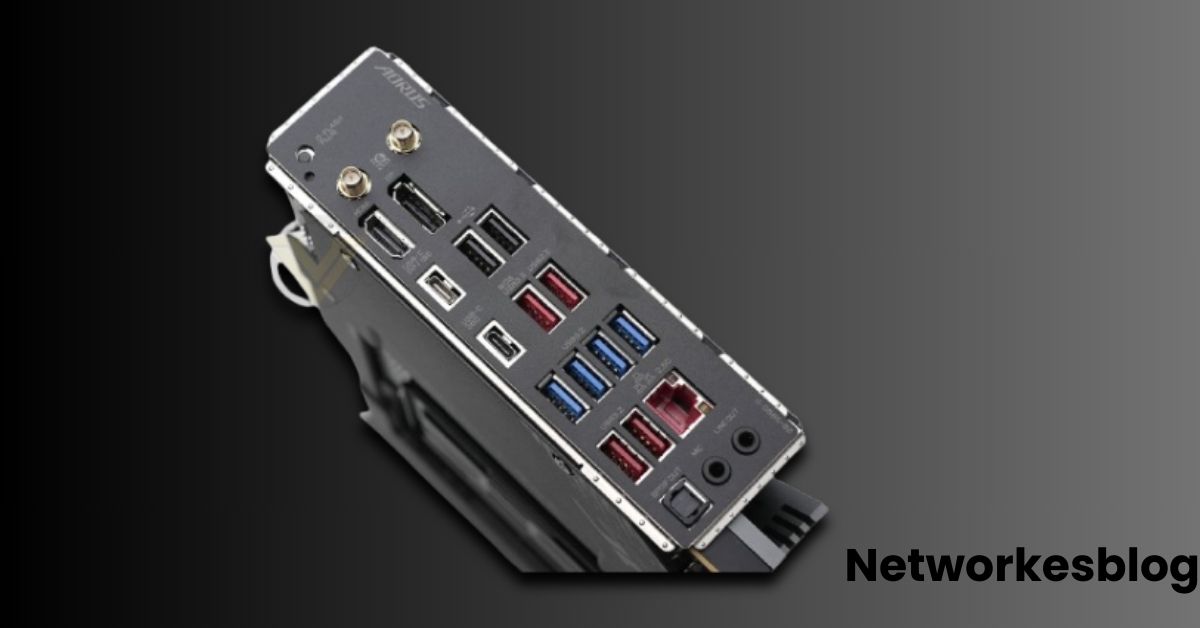When building a new PC, choosing the right motherboard is critical. The B650 chipset has become a popular choice for gamers, streamers, and productivity users due to its balanced mix of price and performance. But what if you’re looking for something more powerful, feature-rich, and future-proof?
If you’re wondering, “What’s the next level up on motherboard after B650?”, the short answer is: X670 and X670E. But there’s a lot more to it than that. In this article, we’ll dive deep into what these upgraded chipsets offer, why they’re worth considering, and who should make the jump.
What Is the B650 Chipset?
Before we move on, let’s quickly review what the B650 chipset offers.
The B650 is part of AMD’s 600-series motherboard lineup, designed for AM5 socket and Ryzen 7000 series processors. It’s considered a mid-range option—offering excellent value for gamers and general users alike.
B650 Key Features:
- Support for Ryzen 7000 series CPUs (AM5 socket)
- DDR5 memory support
- PCIe 5.0 support (usually for storage only)
- CPU and memory overclocking
- USB 3.2 Gen 2 ports
- NVMe SSD compatibility
For most users—especially those with a Ryzen 5 or Ryzen 7 CPU—B650 boards are more than sufficient. But if you’re building a high-end system, the limitations of B650 may start to show.
Limitations of B650 Motherboards
While the B650 chipset delivers solid performance, it does come with certain limitations that can affect future upgrades or high-performance builds:
- Limited PCIe 5.0 lanes – Often restricted to SSDs only.
- Fewer USB and SATA ports – May not be enough for content creators or workstation users.
- Reduced VRM quality – Not ideal for heavy overclocking or high-wattage CPUs.
- No native support for multi-GPU setups – Crossfire and SLI are rarely supported.
- Less robust build quality – Compared to X-series motherboards.
If any of those are deal-breakers for your use case, then it’s time to step up to the X670 or X670E.

X670 & X670E: The Next Level Up
The X670 chipset and its high-end variant, X670E (Extreme), are the logical upgrade paths for users who want more performance, better connectivity, and future-proofing.
These boards are designed for enthusiasts, overclockers, and power users.
What Makes X670 Better Than B650?
| Feature | B650 | X670 | X670E |
|---|---|---|---|
| PCIe 5.0 Support | Storage only (varies) | Storage + GPU (optional) | Storage + GPU (guaranteed) |
| USB Ports | Fewer | More USB options | Max USB support |
| Overclocking Support | Yes (limited by VRM) | Yes (with better VRM) | Yes (with top-tier VRM) |
| Multi-GPU Support | Rarely supported | Available | Full support (SLI/CrossFire) |
| Power Delivery (VRM) | Mid-range | High quality | Extreme class |
| Cooling/Heatsinks | Basic to moderate | Advanced | Premium/High-end |
| Price Range (USD) | $130–$200 | $220–$350 | $300–$500+ |
Who Should Upgrade to X670/X670E?
Here’s a breakdown of who benefits most from stepping up to X670 or X670E:
1. Enthusiasts and Overclockers
If you’re into tweaking and tuning every bit of performance from your CPU and RAM, you’ll need the higher-end VRMs, better thermal design, and BIOS features found in X670/X670E motherboards.
2. Gamers with High-End GPUs
Planning to install a power-hungry GPU like the RTX 4090 or Radeon RX 7900 XTX? X670E motherboards are better suited with reinforced PCIe slots, PCIe 5.0 GPU support, and improved power delivery.
3. Content Creators and Professionals
If you rely on multiple SSDs, USB-C peripherals, Thunderbolt, or RAID setups, you’ll appreciate the additional PCIe lanes and connectivity options X670 provides.
4. Future-Proof Builders
Want to build a rig that won’t need major upgrades for years? X670E guarantees full PCIe 5.0 compatibility and is ready for the next wave of GPUs, SSDs, and high-bandwidth peripherals.
What About X670 vs. X670E?
If you’re torn between X670 and X670E, here’s a quick guide:
- X670: Balanced for performance and cost. Offers most of the advanced features but may only provide PCIe 4.0 for the GPU.
- X670E: Premium-grade board with full PCIe 5.0 support on GPU and storage, best-in-class VRMs, and often features like Wi-Fi 6E, 10GbE LAN, and Thunderbolt 4.
Popular X670/X670E Motherboards to Consider
Here are some well-reviewed options if you decide to upgrade:
- ASUS ROG Crosshair X670E Hero
- MSI MEG X670E ACE
- ASRock X670E Taichi
- Gigabyte X670 AORUS Master
- ASUS PRIME X670-P
Each offers a range of features—choose based on your budget and specific needs.
FAQ’s
What motherboard comes after B650?
The next level up from the B650 is the X670 and X670E (Extreme) motherboards. These boards offer better power delivery, more PCIe lanes, improved overclocking support, and full PCIe 5.0 compatibility for both GPU and storage.
What is the difference between B650 and X670?
The main differences are in connectivity, performance, and future-proofing. X670 motherboards typically have more USB ports, stronger VRMs, multi-GPU support, and dual PCIe 5.0 support. B650 is more budget-friendly but has fewer features.
Is X670 better than B650 for gaming?
Yes, especially if you’re using a high-end GPU or planning to game at 1440p or 4K. X670 boards offer better thermal management and faster connectivity options, which can enhance overall gaming performance and stability.
Is X670E worth it over X670?
X670E (Extreme) guarantees full PCIe 5.0 support on both GPU and SSD slots. It’s best for users looking to future-proof their system with the latest high-speed components. If you need max performance and don’t mind spending more, it’s worth it.
Can I use a Ryzen 7000 CPU with X670 or X670E?
Absolutely. Both X670 and X670E are built for the AM5 socket, which fully supports Ryzen 7000 series processors like Ryzen 5 7600X, Ryzen 7 7700X, Ryzen 9 7900X, and others.
Conclusion:
If you’re wondering, “What is the next level up on motherboard after B650?”, the clear answer is X670 and X670E. These chipsets are designed for users who demand more—from faster connectivity and better cooling to full PCIe 5.0 support and long-term upgrade flexibility.
Whether you’re a gamer pushing for max FPS, a content creator needing faster storage and bandwidth, or just someone looking to future-proof your build, X670 and X670E motherboards deliver the next level of performance and features that B650 simply can’t match.
Also Read:
AM4 Socket Motherboard: The Complete 2025 Guide for Builders, Gamers, and Enthusiasts
Z790 Motherboard: The Definitive Guide for High-Performance PC Builds
AM4 Motherboard: Everything You Need to Know Before Buying



